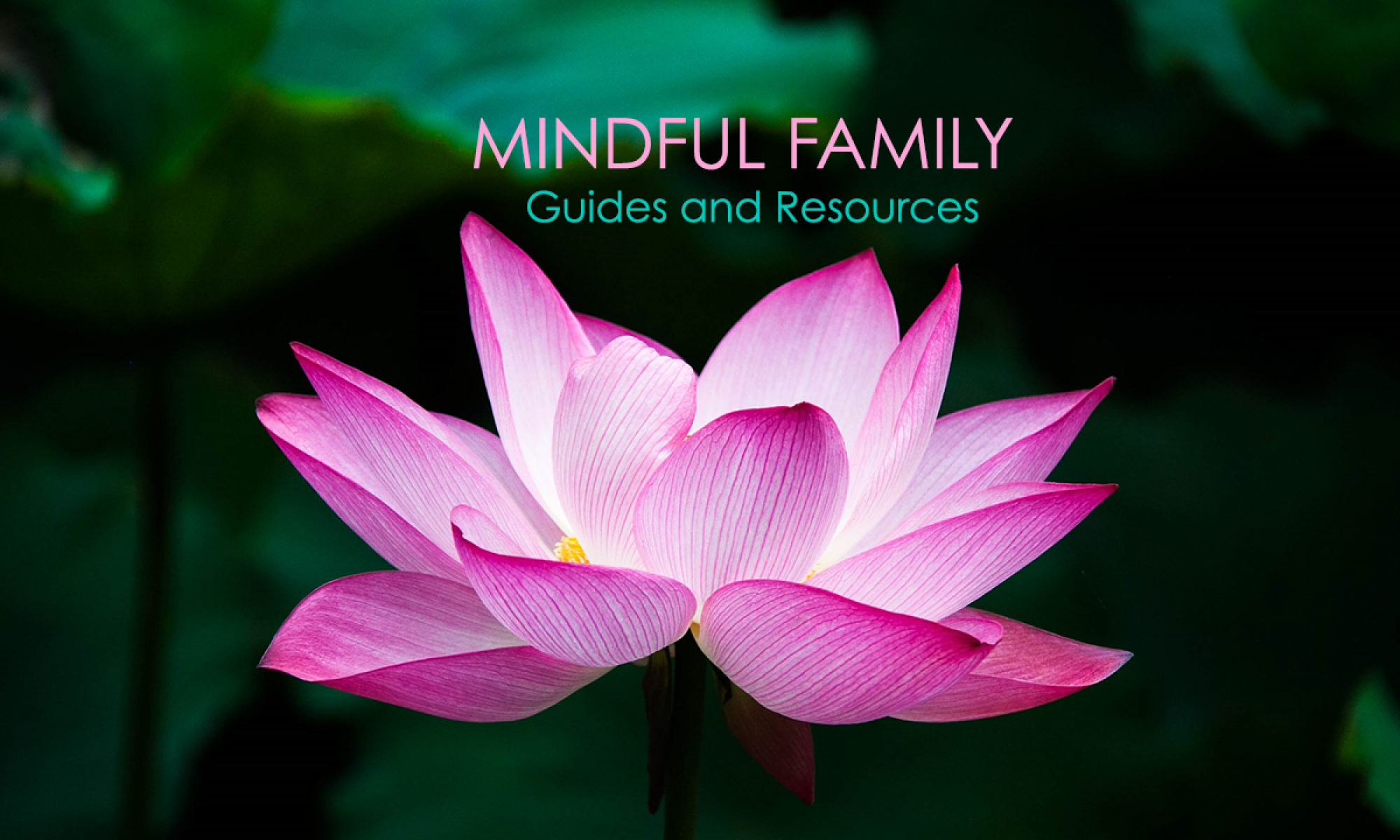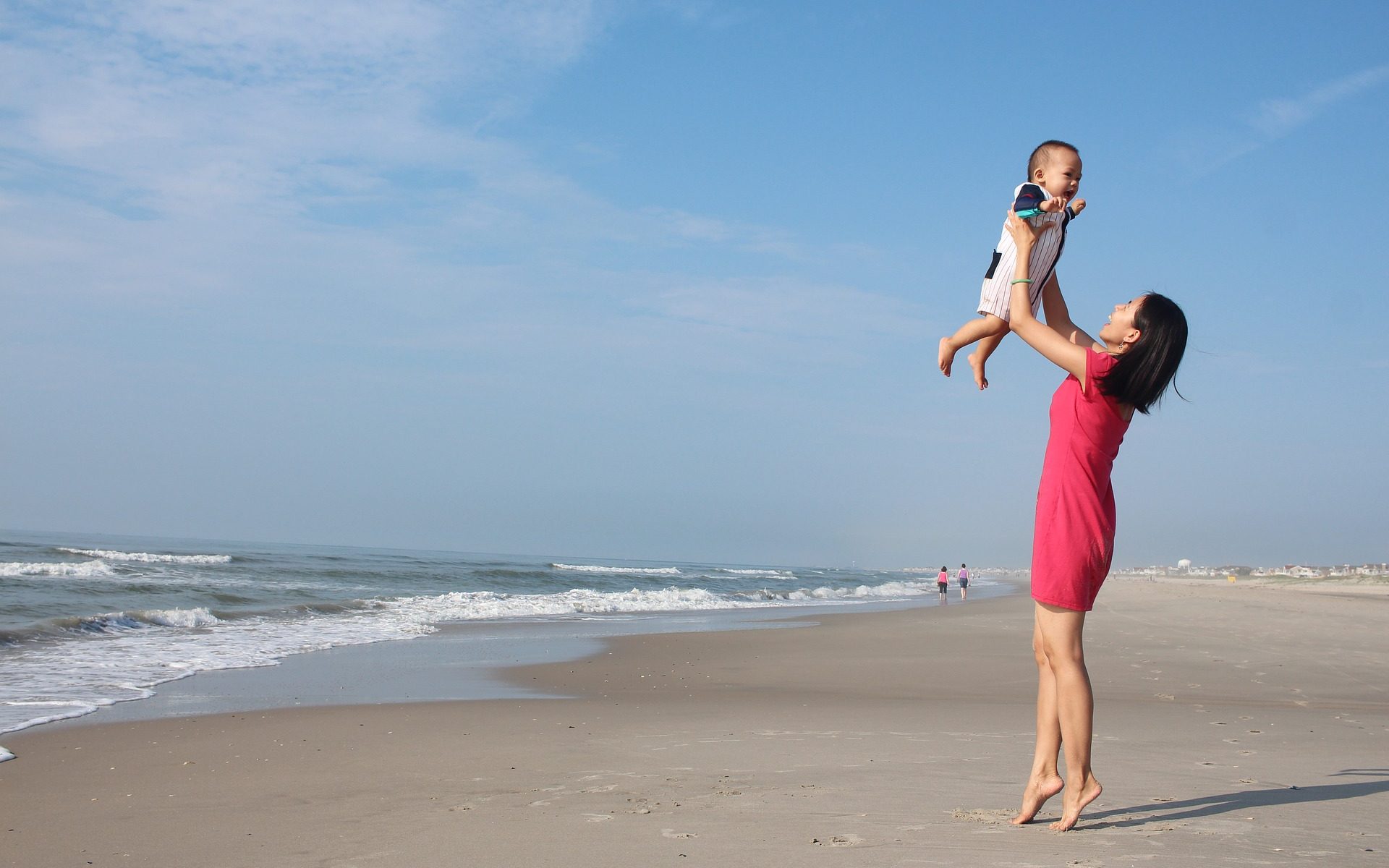By Amy Li
Mindfulness refers to the awareness of the present moment, and the focus of one’s attention to their thoughts, emotions, and body sensations. The goal of mindfulness is to help promote mental well-being, as studies have shown that practicing mindfulness can result in lower depression and anxiety levels (CHEO, 2018a). Given that depression and anxiety are relatively common conditions in the population, it means that because these diagnoses don’t go away even when starting your own family, then one should be additionally aware of how to use mindfulness in their day to day lives for both their own benefit, as well as the benefit of their children. The goal of mindful parenting relates to not just being aware of your own thoughts and patterns, but also being able to provide your full attention to your child/teenager, typically by listening to and observing your child’s viewpoint, and accepting who you and your child are as individuals.
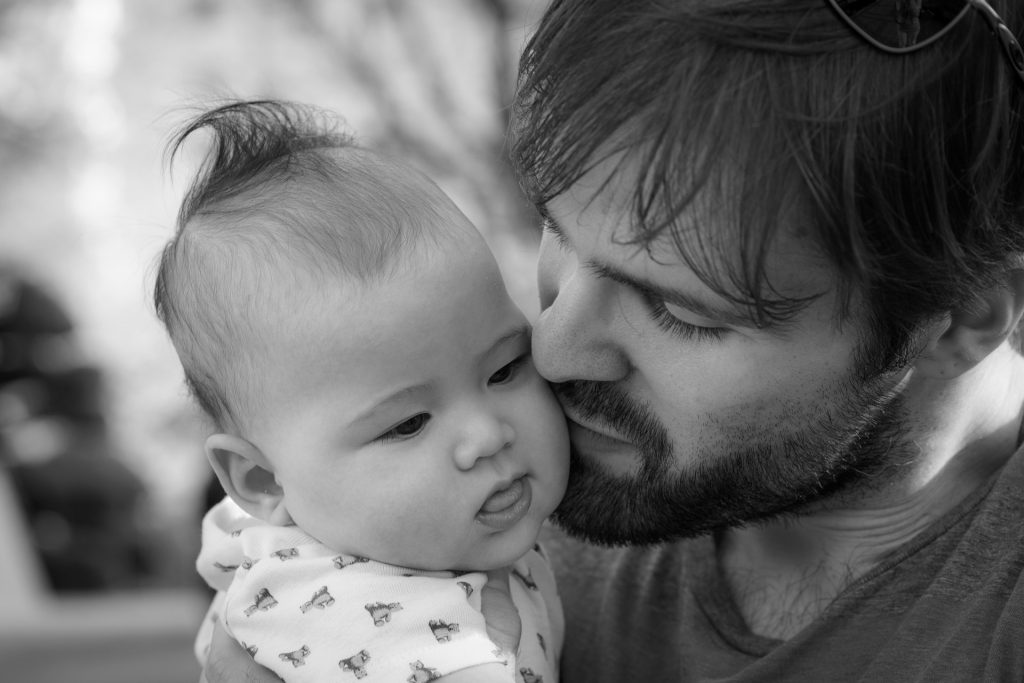
For those parents who are still relatively young themselves, specifically those in the age range from 19 to 35, there will be certain challenges that are faced, different from those who are in an older life stage when they have their children. There is evidence that adolescent (<20 years old) parents already face additional obstacles and barriers to parenthood as it is, compared to those who first have children when
they’re older (Thompson, 2016). Common challenges faced by young parents between the ages of 19 to 35 include juggling the transition to adulthood from their own adolescence, which could involve living on their own for the first time away from their parents, and taking on responsibilities of life such as cooking, cleaning, and commuting for themselves. At the same time, there may also be the need to postpone one’s post-secondary education or take a break from work and occupational development/advancement, due to the demands of parenthood.
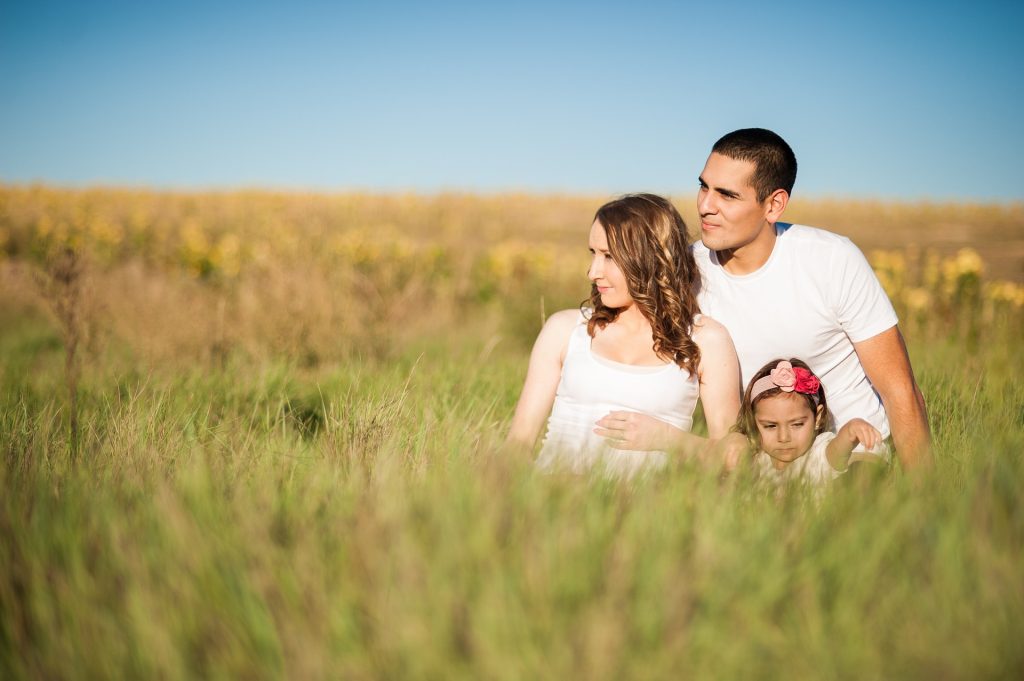
Regardless of the barriers that one might face as a young parent, the process for managing these stressors and other obstacles are similar to what other parents might use as a mindfulness technique.
Some mindfulness exercises that can be tried on your own, with your partner, or ideally with the whole family including the kids, are described below.
Family Yoga
Choose a 30-minute period of time where you don’t expect any particular interruptions and find a space without any screens around (e.g. TV, computer, phone). Put down a yoga mat or perform the exercises on a carpet. Put some relaxing music on, and a scented candle if you have one. With your family member (this could be your partner, your child, or all of the family), initiate yoga positions and stretches together. This might involve using each other as supports, for example, as seen by the poses here.
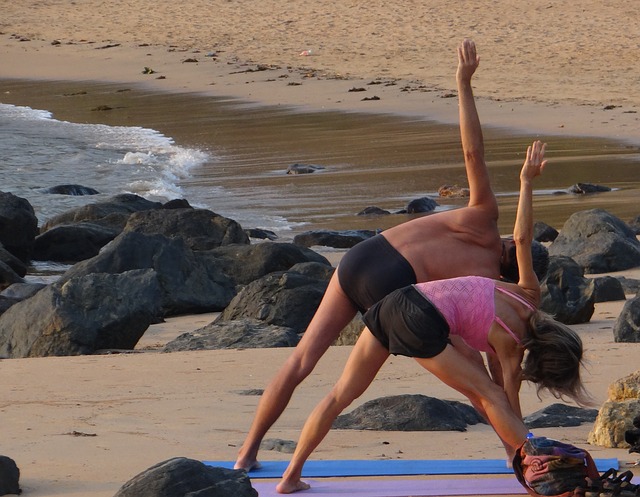
As you perform each pose, focus on your breathing, and on the muscle tension in each muscle group being stretched relaxing and elongating along the the fibers. At the end of the yoga session, thank your partner for performing this exercise with you, and hug/kiss them.
Breathing Buddy
Choose a 10-minute period of time where you don’t expect any particular interruptions and find a space without any screens around (e.g. TV, computer, phone). Grab one of your child’s stuffed animals to be your breathing buddy to use to demonstrate to others. Every participant should have a stuffed animal or other doll with them to breathe with.
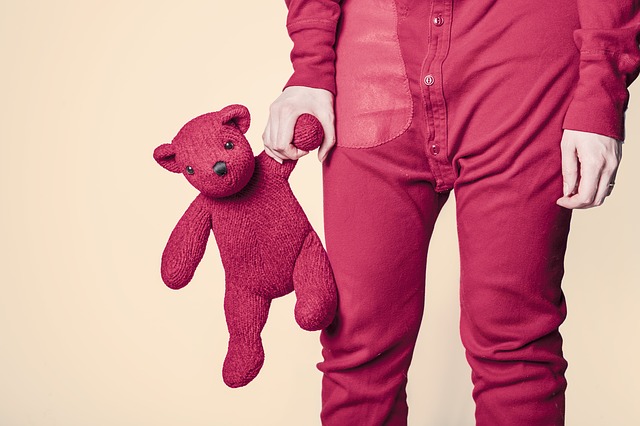
Everyone lies down and “sits” their breathing buddy on their tummy. The goal is to have the breathing buddy rise and fall gently with each breath cycle. Remind yourself and others that the focus is to breathe slowly and steadily so that the stuffed animal looks like it’s riding a carousel, and to ensure that the stuffed animal doesn’t ever fall off. This tool can be used to teach children awareness of their breathing cycle, control over their breathing pace, and encourages them to remain focused on the breathing task, thus they shouldn’t be thinking about whatever was inducing stress for them before.
“Detective W”
This game can be played with your children to help them identify feelings and understand them better. Similarly, in yourself, the goal is to also develop better awareness of your emotions, and the underlying reasons for them. When used in response to a particular emotion, one should ask their children/themselves the following:

WHAT do you feel right now?
Feelings and emotions, such as happiness, sadness, anger, jealousy, boredom, etc.
WHO do you feel it about?
Yourself, a parent, a sibling, a child, an inanimate object that caused bodily injury, etc.
WHERE do you feel it in your body?
In the chest, in the tummy, in the head, in the muscles, in the throat, etc.
WHEN did you start feeling this?
WHEN did it stop?
When the event happened, when a parent yelled, when a child screamed, when I fell asleep, when I was playing, When I was working, etc.
WHY are you feeling this way?
Identify root cause for emotions, and check if it’s a fair reason, or if there are other factors involved. Can you let it go?
There are a multitude of other mindfulness skills, techniques, and tools out there in various forms, to be learned and explored, each with their own individual benefits tailored to specific situations. It is highly encouraged that all young parents explore these resources themselves, to find the best fit. There are also some mobile apps such as Headspace and Mindshift, which discusses mindfulness and guides you through strategies as well.
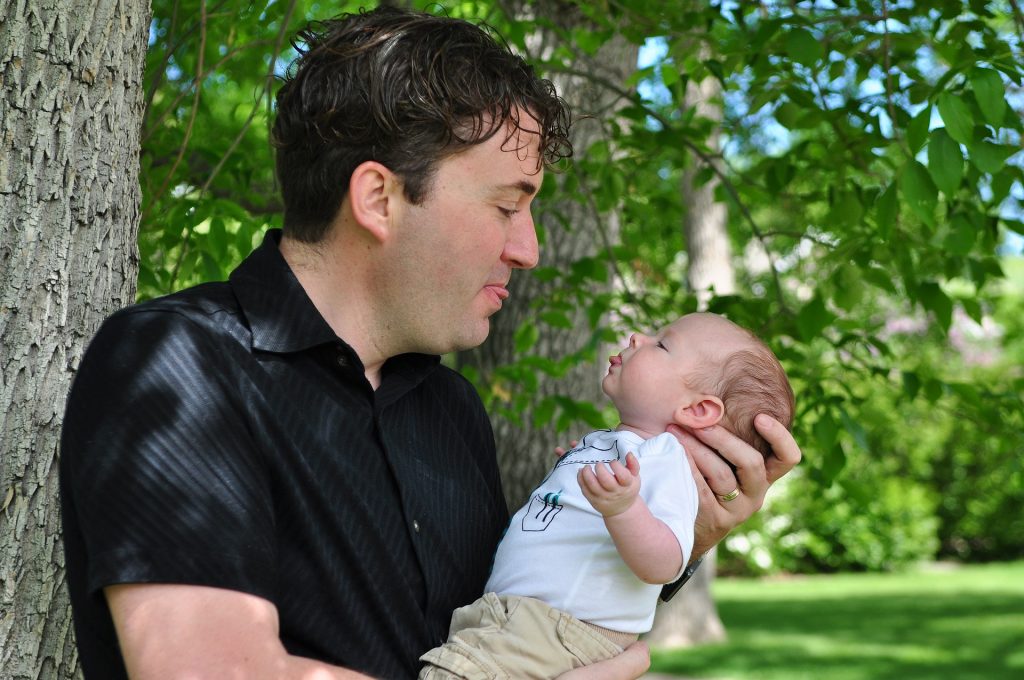
Regardless of the approach, it is always important to remember that reflection is a useful skill that forms the basis for mindfulness, but that it isn’t always easy to develop or adapt right off the bat.
Trained individuals such as counselors can help with this process, but there could be limitations of available time and finances. Regular routine application and development of skills will also go a long way towards benefiting one’s future mindfulness capacity, so it’s highly encouraged to get out there and practice these strategies every day! Best of luck!
Mindfulness Technique Video – Box breathing
It can be difficult to feel relaxed during the day when you’re under stress, and often you’ll find yourself feeling tense and your mind racing as a result. Some ways to release this tension include the practice of mindfulness techniques, such as box breathing, which you will learn how to perform in this video.
Video created by Amy Li
2:04 mins, November 2018
Box breathing is a strategy to help clear your mind by focusing solely on your breathing. The basic concept is to take slow deep inhales and exhales, sustaining your breathing for 4 seconds in between each action, while envisioning a box. For example, breathe in slowly through your nose, filling your lungs and abdomen with air, as you rise up the side of the box. At the top of the box, sustain your breath for 4 more seconds at maximum inflation, before slowly exhaling down the side of the box for 4 seconds. At the bottom of the box, sustain your breath for 4 seconds at maximum exhalation, before returning to the start. Repeat this for as long as you need to, focusing on the box. Remember that sustaining a breath isn’t the same as holding it, as we’re not trying to “squeeze” or “bear down”, which closes off the airway. Instead, we’re just slowing the end of the in and out part of the breath.

Start with a few minutes a day, until you get the hang of this technique. Once you become skilled at it, then you can use it whenever and wherever you’d like, such as on the commute, or while lying in bed to help with falling asleep at night.
Mindful Parenting Resources
Mindfulness 201: Bringing mindfulness to parenting

A short fact sheet regarding mindfulness and how parents can use it to improve their own functioning, facilitate better understanding of the development and emotions of their child, and to improve the parent- child dynamic. The website is put together by CHEO, which is the Children’s Hospital of Eastern Ontario.
URL: http://www.cheo.on.ca/en/Mindfulness-Parenting
Raising the Mindful Family

A resource compiled by Mindful, a non-profit dedicated to promoting mindfulness. This page provides details on several mindfulness considerations that form part of everyday family life, as well as provides examples of mindfulness exercises to try out.
URL: https://www.mindful.org/raising-the-mindful-family/
11 Tips for Mindful Parenting

A Quebec chain of clinics called MindSpace Clinics provides care to those in need of cognitive-behavioural therapy, mindfulness, and other psychology techniques. They also maintain a blog with various posts and articles, which informed the tips provided on this page.
URL: http://mindspaceclinic.com/11-tips-mindful-parenting/
The Best Meditation Apps for Parents

A reference page that compiles suggestions for meditation apps that can be used by parents during the process of mindfulness. Most smartphones running either the Apple or the Android platform should have access to these apps in their respective online App stores. The portability of these apps make it easier to reference on the go for busy parents who are caring for children that keep them even busier.
URL: https://www.activekids.com/parenting-and-family/articles/the-best- meditation-apps-for-parents/
Mindfulness-Based (MBCT) Support Groups in British Columbia

Searchable directory of support groups, counselors, and workshops using the Psychology Today website. Search conducted for BC-based groups, refined in the search criteria to be “Mindfulness-based (MBCT)”. Despite all the best online resources one might find, there isn’t anything that can replace face- to-face interaction and counseling from a trained individual.
References
CHEO, 2018a. Mindfulness 101: The Basics. Retrieved from http://www.cheo.on.ca/en/Mindfulness
CHEO, 2018b. Mindfulness 201: Bringing mindfulness to parenting. Retrieved from http://www.cheo.on.ca/en/Mindfulness-Parenting
Thompson, G. (2016). Meeting the needs of adolescent parents and their children. Paediatric Child Health, 21 (5): 273.
